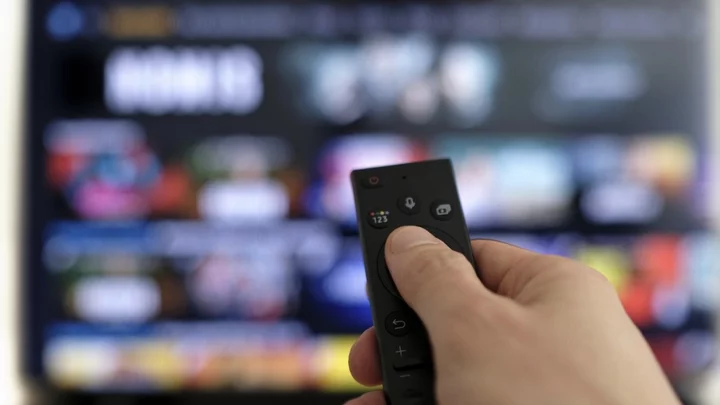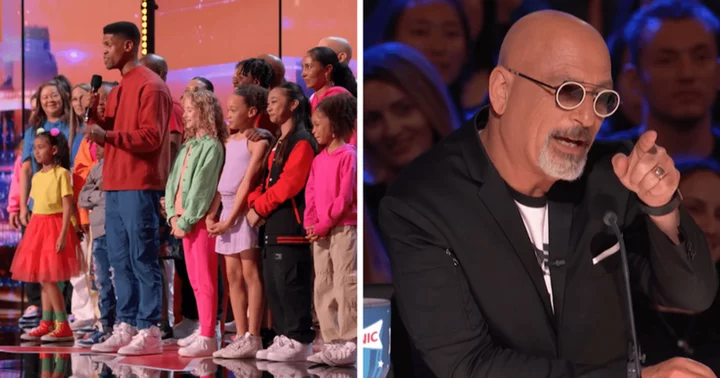Years of the cord cutting that cable-TV executives used to insist wasn’t really happening have now reduced traditional linear TV and its program grid to the viewing experience of a minority of Americans, according to Nielsen’s latest metrics.
The July edition of the New York firm’s Gauge viewership breakdown, released Tuesday, shows that channels available via broadcast slumped to 20% of total TV usage, a new low, while cable content’s share fell to 29.6%. The continued decline of those categories (from July 2022, 5.4% and 12.5% for broadcast and cable) left linear TV below 50% for the first time.
Streaming, meanwhile, hit a new high of 38.7%, with the most popular service being Google’s YouTube at 9.2%, followed by Netflix (8.5%), the non-live TV version of Hulu (3.6%), Amazon Prime Video (3.4%) and Disney+ (2%).
Nielsen defines “streaming” in this context as non-linear services that don’t offer traditional channels. “Broadcast” and “cable,” meanwhile, describe types of channels, not how they’re received–so you can think of them as “networks with local stations” and “all the other channels.” That also means that Nielsen counts time spent watching live-TV streaming services like Sling TV in whichever of those two categories fits at a given moment.
Over-the-air TV viewing with an antenna, meanwhile, falls under the broadcast category. Nielsen counts some other streaming that it can’t measure–for example, streaming through a cable box or a video game console–under an “Other” heading that adds up to 11.6% in July’s usage stats.
Longtime TV analyst and consultant Shelly Palmer wrote in a post Wednesday that while the latest data could be an outlier reflecting such unusual dynamics as the writers’ strike, the traditional TV bundle isn’t getting any more viable.
“I wouldn't get too worked up about this; the July book always sucks (summer reruns, hot weather, outdoor sports, etc.) and – piling on – the WGA is on strike so there are no new late night shows,” he says. “That said, major pay-TV providers like Comcast and Charter have been feeling the pinch, with significant quarterly drops in subscribers. The pandemic only accelerated this trend as streaming services became the go-to entertainment source for many.”
The Leichtman Research Group served up further evidence of cord cutting’s carnage in a report posted Tuesday that estimated the largest pay-TV providers in the US combined to lose about 1.7 million subscribers in the second quarter of 2023. The biggest cable operators saw about 926,000 video customers flee, with Comcast alone accounting for 543,000 of them, while satellite and fiber-optic TV services lost a further 688,000 subscribers. Streaming-TV services had another 115,000 customers bolt, although the only provider to see more sign-ups fell under that category: YouTube TV, which Leichtman estimated added 200,000 new subscribers.









